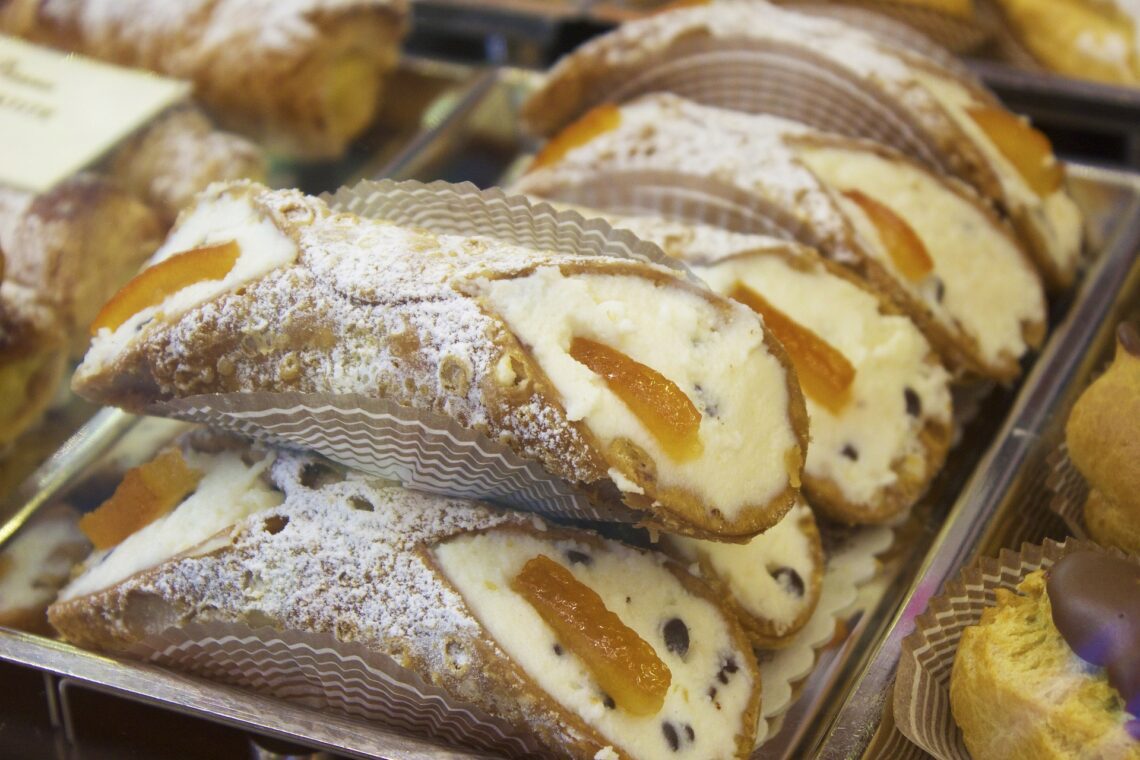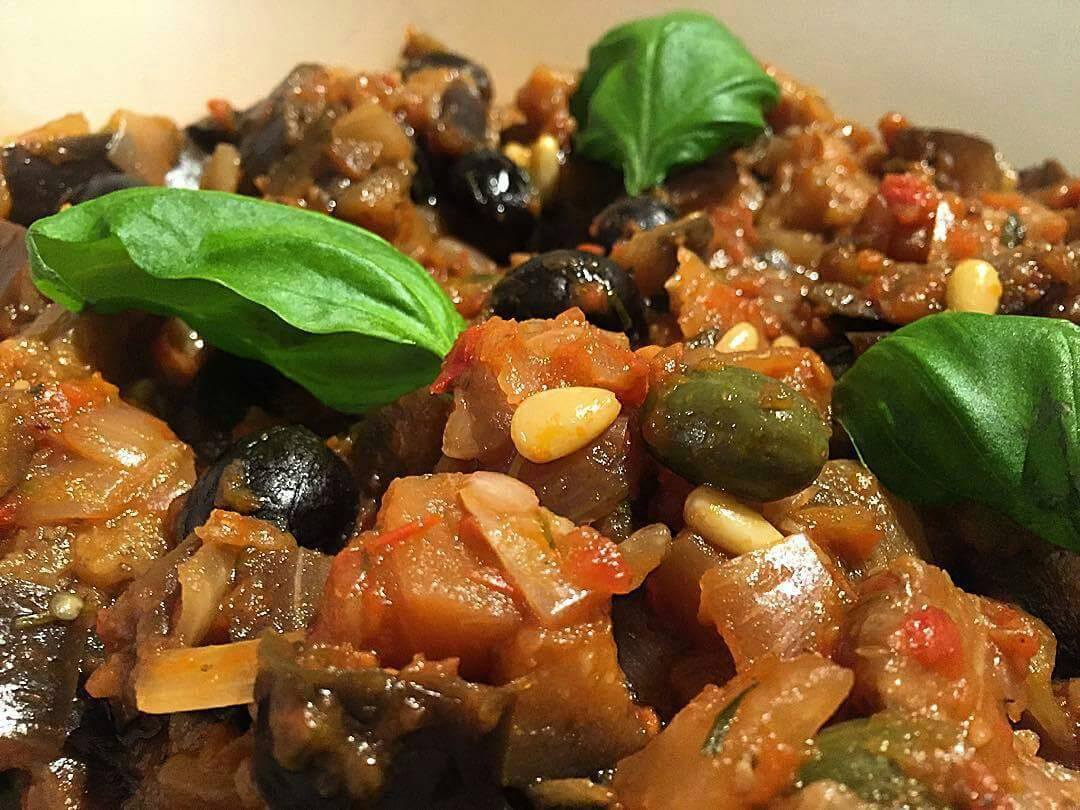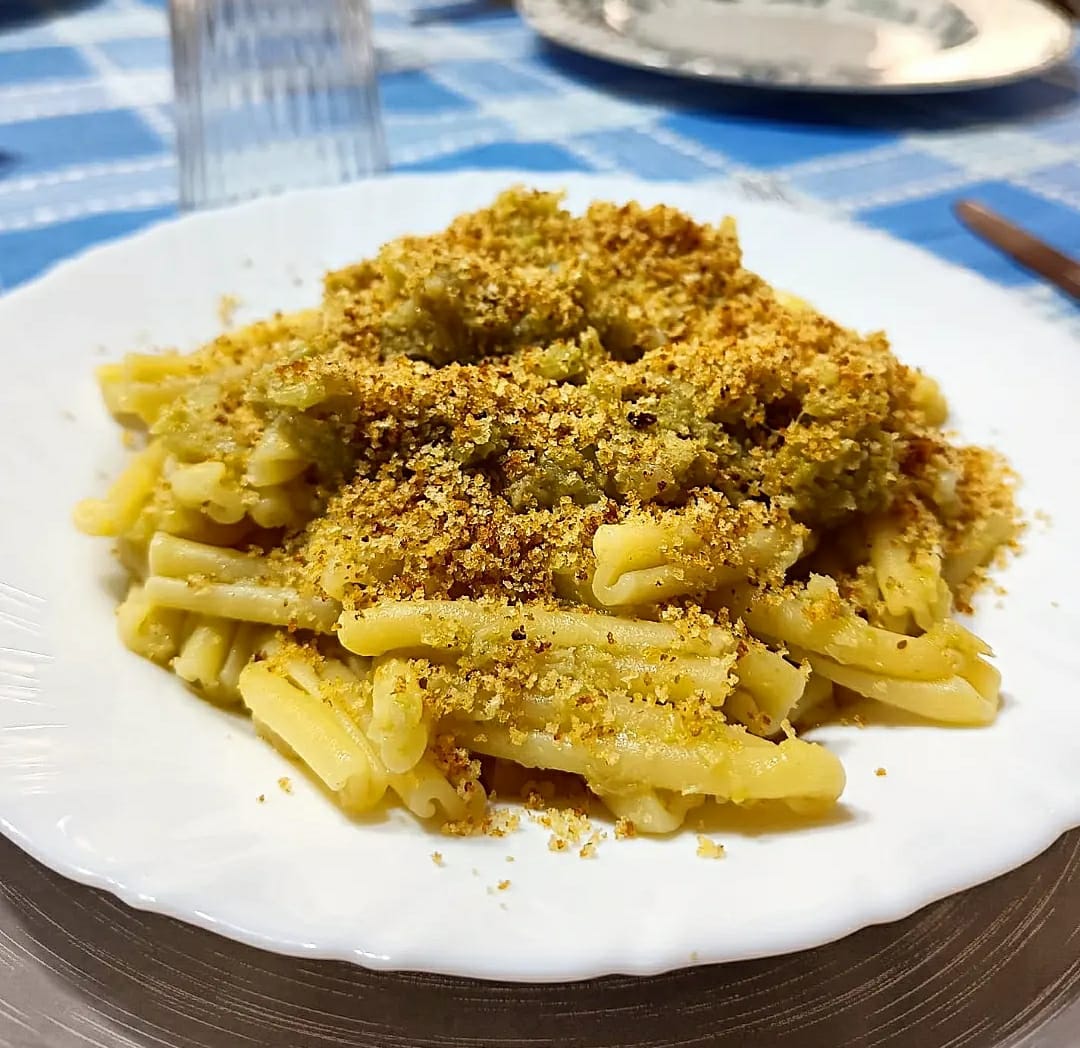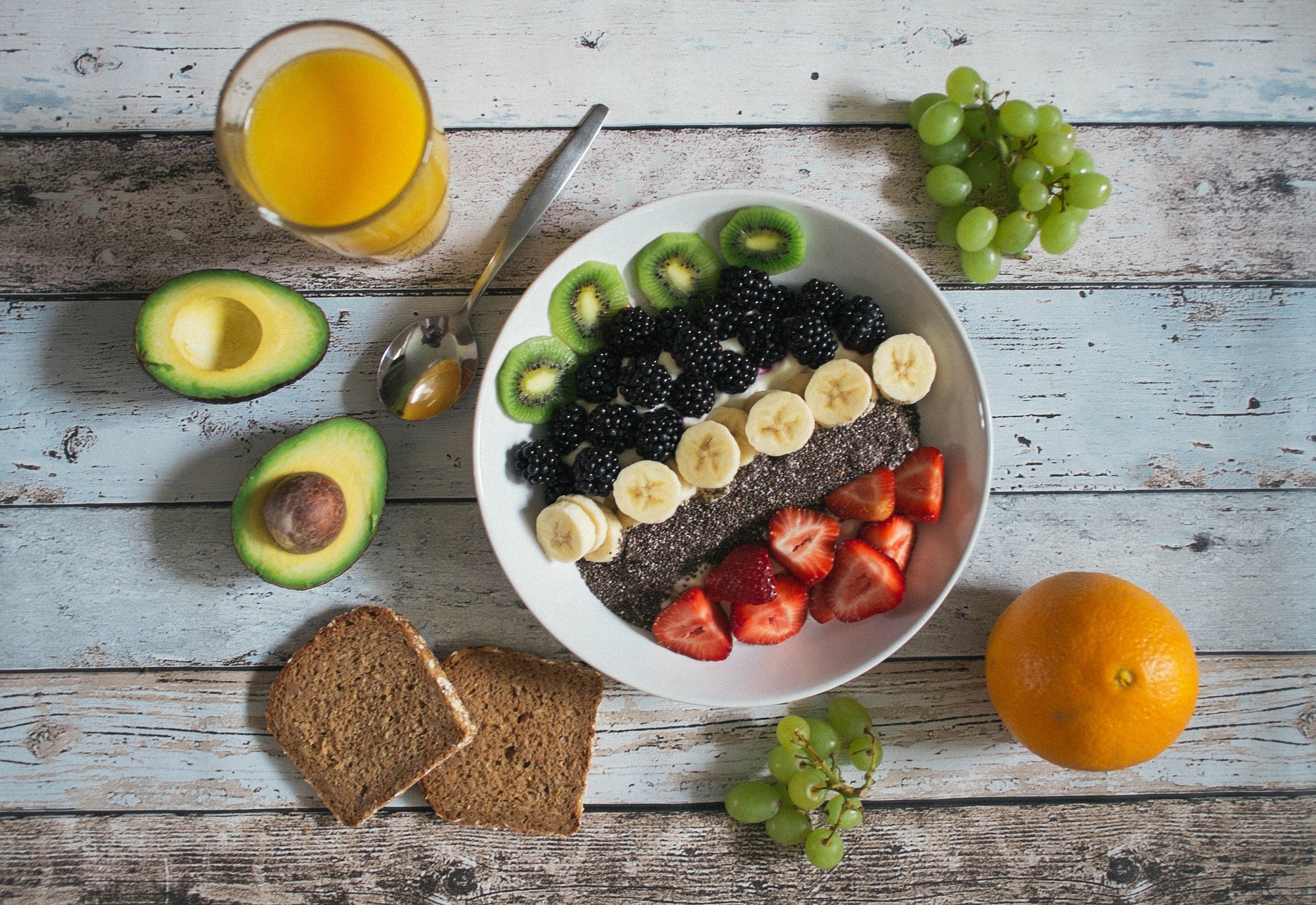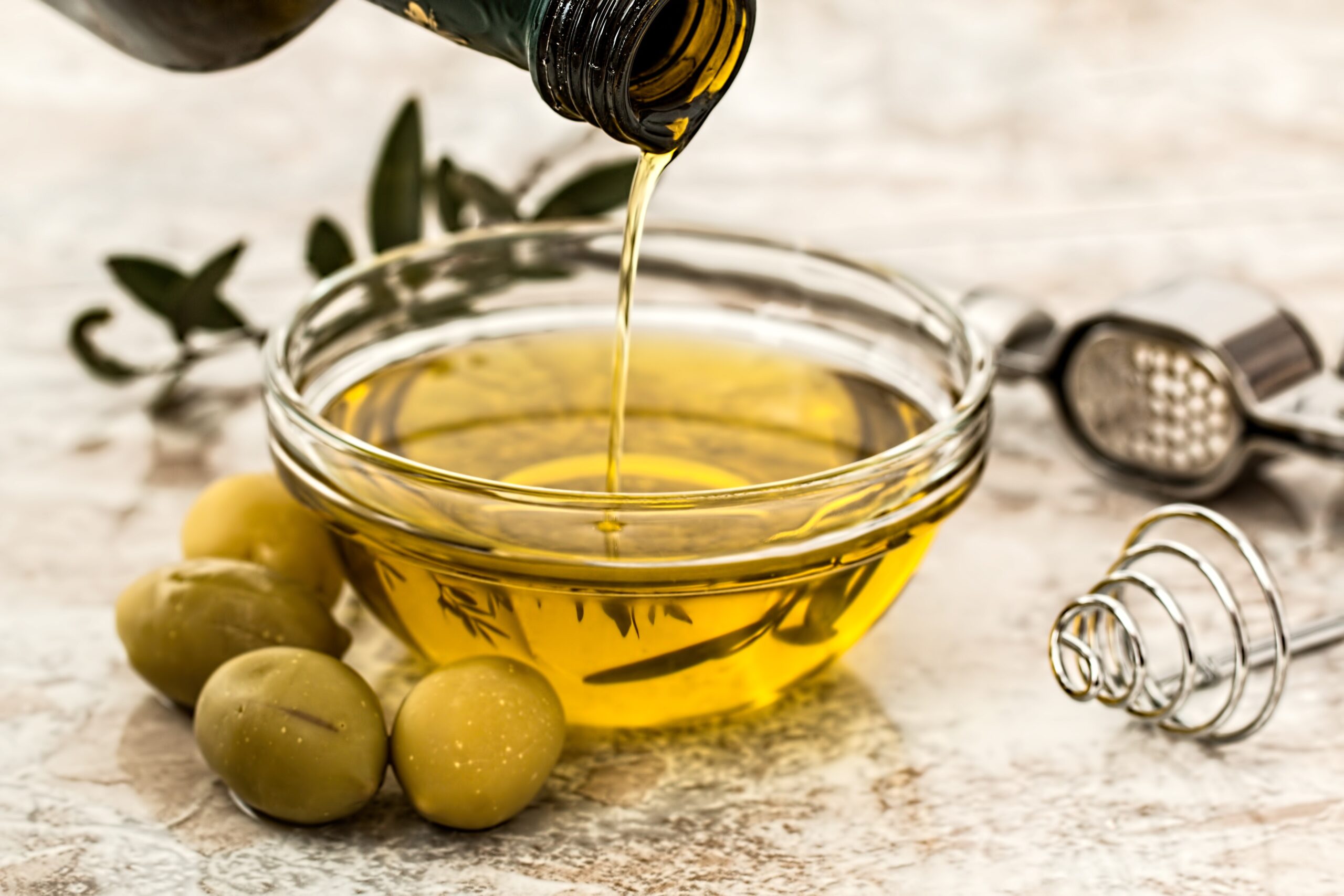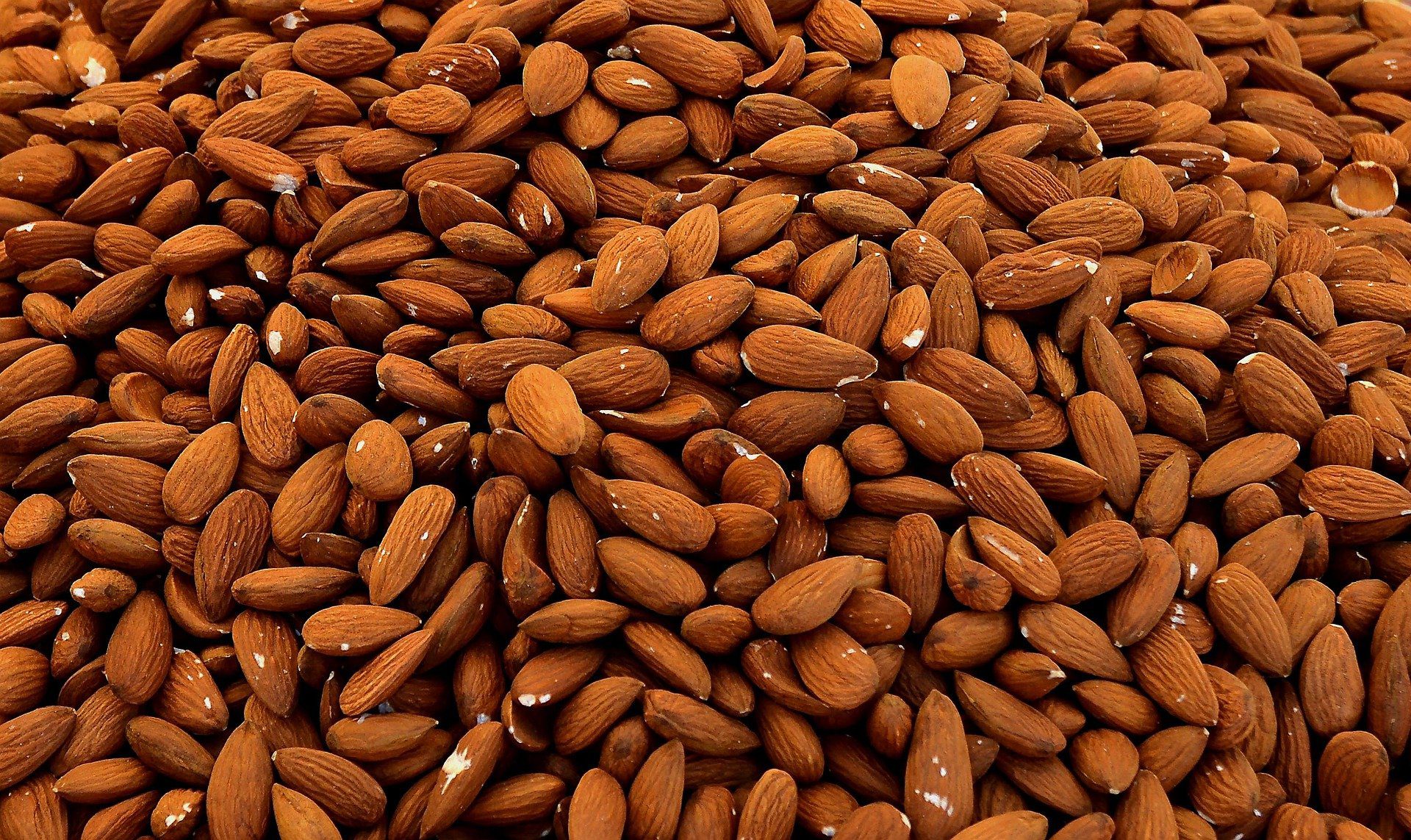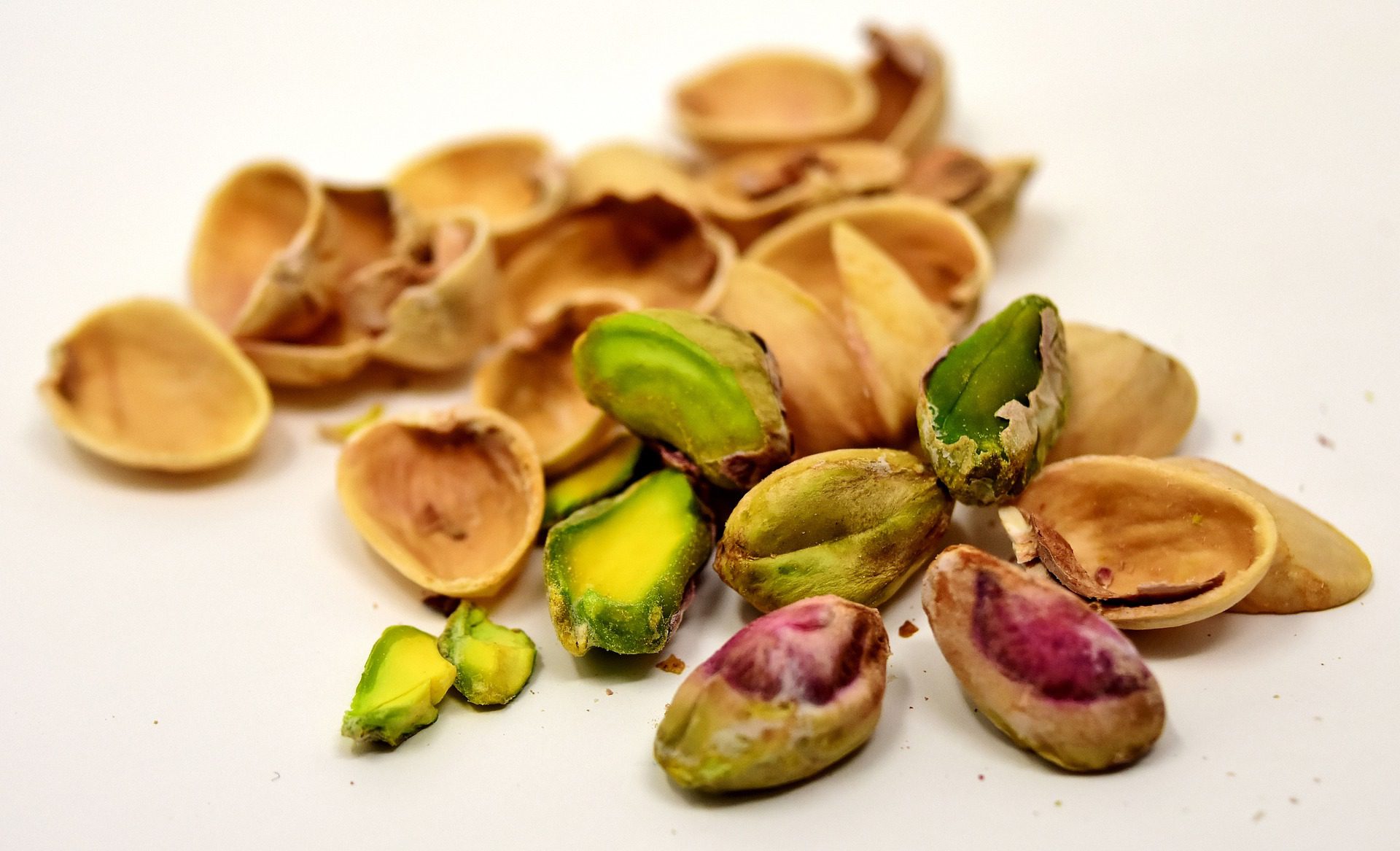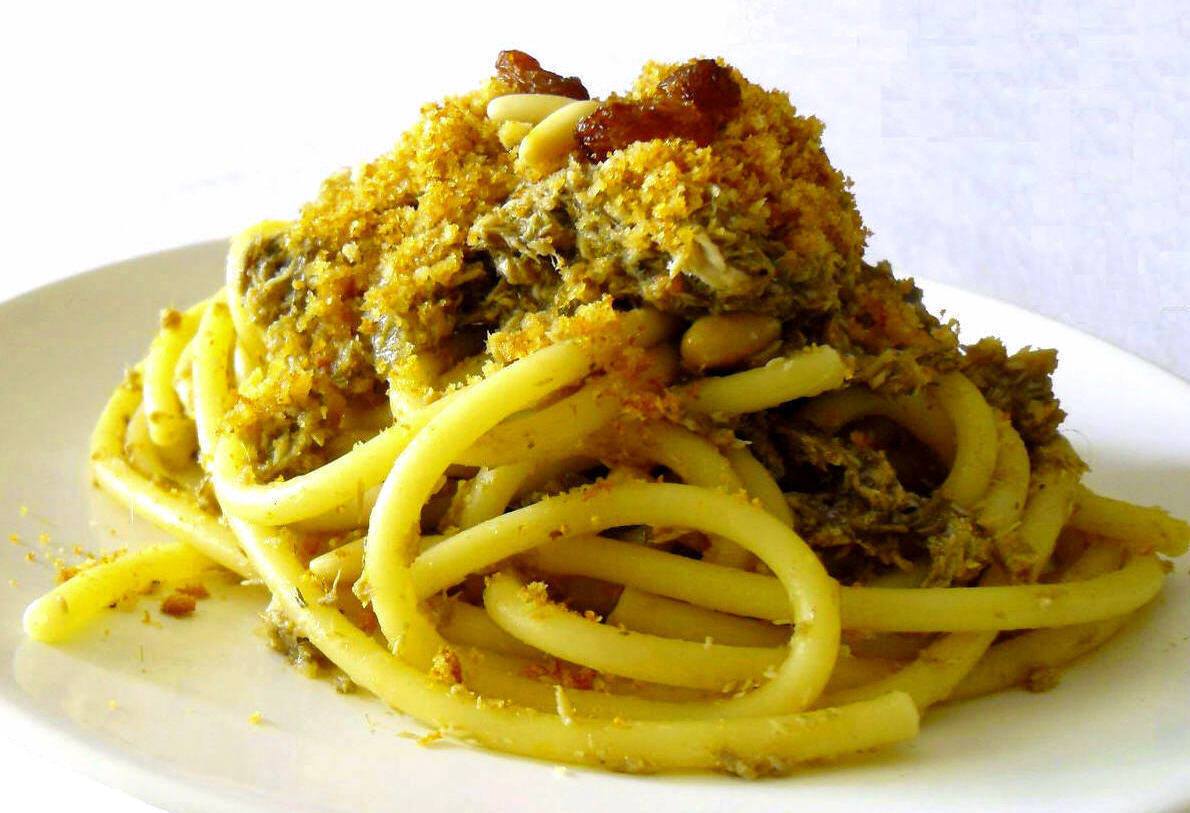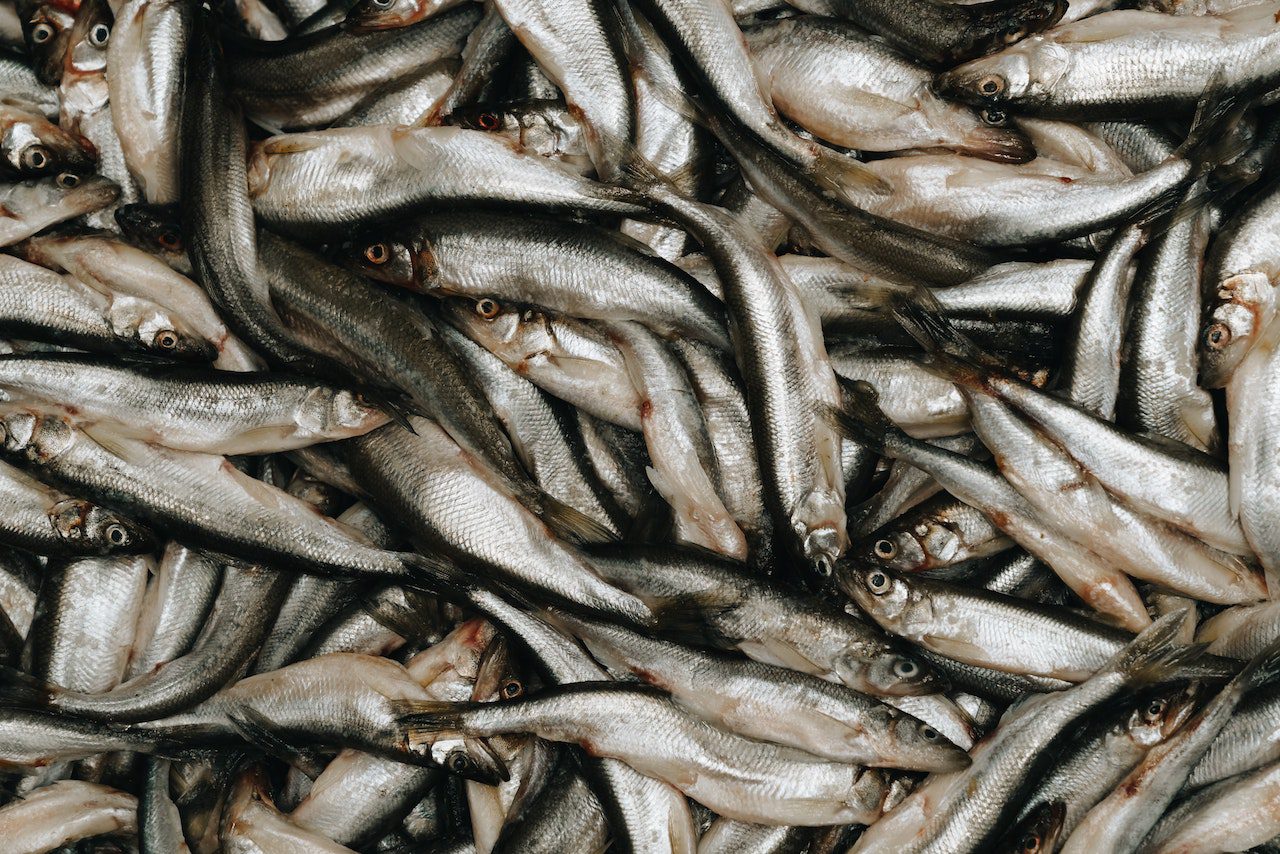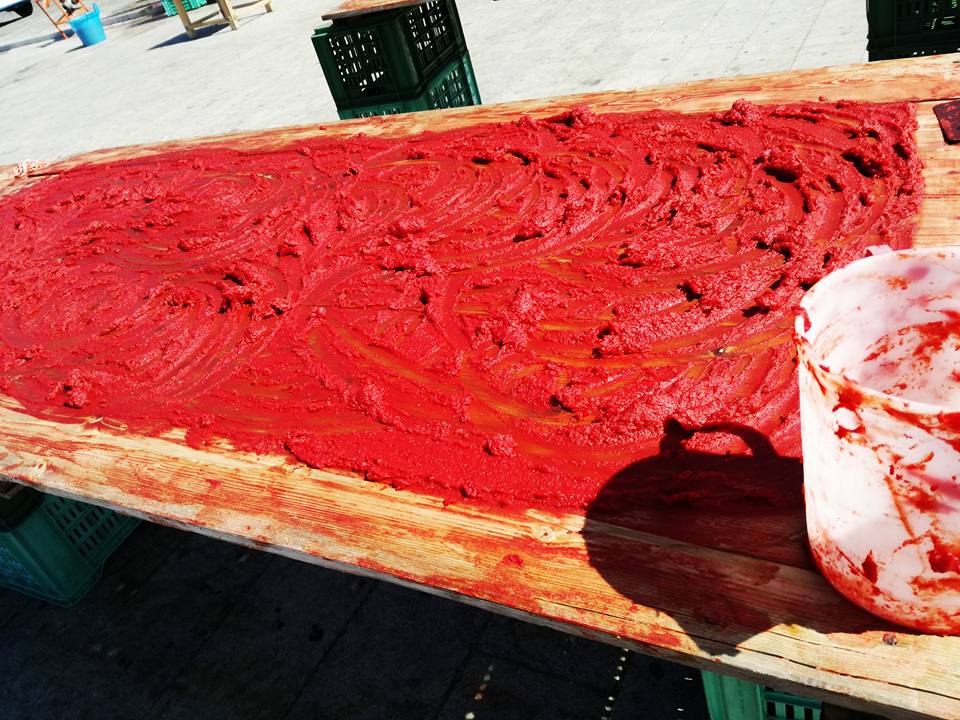When was pasta born?
The history of pasta, as we know it today, is linked to the Arab domination of Sicily, according to several historians. In 1154, the Arab geographer Al- Idrin mentioned “a flour food in the form of threads,” the “triyah” prepared in Trabia. Also according to the Arab geographer, as early as the mid 1100s so “much pasta” was being produced in Trabia that it was being exported “to all parts, to Calabria and other Muslim and Christian countries, and many shiploads of it were being shipped.”
A few centuries later, 1474, historian Bartolomeo Sacchi spoke in his cookbook ‘De Honesta Voluptate’ about drying to preserve pasta. Our pasta is simply left to air dry. Then in the North was invented the “giostra”, a wooden tool for drying pasta.
In 1870 the first hydraulic presses appeared and the process of mechanization began. Sixty years later, 1933, the machine capable of performing the entire production cycle was born. The history of pasta has thus come down to the present day, but the basic recipe has not changed: durum wheat semolina and water. The only ingredients that can be used to make dry pasta, even according to Italian law.
Sicily “Granary of Italy”
In the past, Sicily was known as the “Granary of Italy“.In fact, the climate, sunshine and soil characteristics make the island an ideal place for growing wheat. There are 52 types of Sicilian ancient grains including Russello, Tumilia or Perciasacchi. They contains little gluten, which is why they are more digestible, good and nutritious.
In the 1970s, however, modern industrially used grains that are more easily grown became widespread and this threatens to destroy the island’s cereal varieties. But today there is a rediscovery of ancient Sicilian grains and their beneficial properties. The flour that is produced is less refined than that produced by industrial methods. Thus, you will have a whole or semi-wholemeal product that retains the nutritional properties present in the grain.
Ancient Sicilian grains require longer rising times instead modern varieties swell quickly. This reduces rising times but makes them less digestible. Timilia wheat is used, for example, for castelvetrano black bread and craft beer. Majorca is a type of soft wheat used for cakes or “savoiardi”. Russello e Perciasacchi are used to produce a very fragrant bread.
Pasta as the cornerstone of proper nutrition in the Mediterranean diet
Fundamental to the Mediterranean diet, pasta should be regarded as an indispensable food in the daily diet. With its high content of complex carbohydrates, Pasta is considered a very important food in our diet. In the food pyramid, grains rich in complex carbohydrates, including Pasta, are in fact placed at the base, where stand the foods that should be eaten several times a day.
Pasta is an excellent source of energy, gives a sense of satiety and it is always to be preferred to bread. Moreover, pasta for us is tradition, it is family, it is sharing. Pasta is happiness but it also has so many nutritional properties, which is why it is included in dietary regimens to help us lose weight. We can call pasta “the Queen” of the Mediterranean diet because of the amount of carbohydrates it contains.
Pasta therefore has many nutritional properties: vitamins, minerals, fiber and plant protein that are very important for our health. Pasta then is essential to the Mediterranean diet because of its energy function for those who practice sports. Obviously, pasta alone cannot complete the entire Mediterranean diet but must be eaten together with other foods, such as vegetables, cheese, legumes and fish in the right amounts.
You can also read our article on the discovery of the MEDITERRANEAN DIET and choose the Sicilian Box to try our pasta made with sicilian grains.


